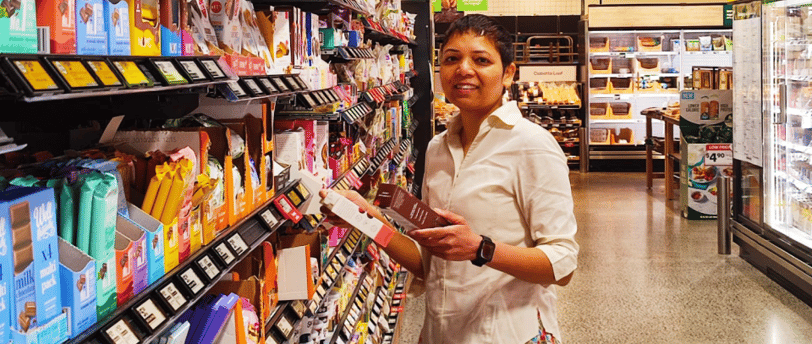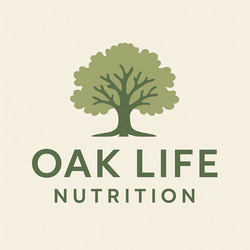Do supermarkets have your health at heart?
How healthy, really, is the 'Health' section of your supermarket? And how do you get the most out of your shop? Read on to find to out!
5/8/20243 min read


Supermarkets play no small role in determining what goes on to one’s plate and in that sense, they could rightfully be referred to as the custodians of population health. They’re the go-to option for most people, and their pricing policies, promotions, product classification and placement greatly influence consumer purchasing decisions. While the primary role of marketing and product placement strategies is to direct customer footfall and increase profits, they also have a moral imperative of guiding people towards making the right choices for their health. Greatly overused though the cliché may be, there’s no getting away from the fact that great power does bring with it, great responsibility.
Before I’m accused of health activism, I hasten to add that governments and regulatory bodies worldwide have taken cognizance of this, and there are regulations in place that aim to help consumers make healthier choices. These include, for example, Australia’s voluntary front-of-pack health star labelling system, UK’s restrictions on promotion of foods high in fat, sugar and salt (HFSS) and Canadian restrictions on marketing unhealthy food to children, among others.
What I found particularly interesting, however, is a report titled ‘Inside our supermarkets’ based on a study done by Deakin University that rated the policies of Australia’s 4 major supermarkets – Woolworths, Coles, IGA and Aldi – around nutrition, giving them a score out of 100. Woolworths scored highest with 64, but the report indicates that, while progress has been made, supermarket practices overall leave a lot to be desired. The report itself is hugely informative and well worth a read.
A glaring example of this scope for improvement, something that struck me on my regular shop, is that the section prominently labelled ‘Health’ is loaded with processed and ultra-processed foods. With few exceptions, these contain various additives, preservatives and, not in the least, sugar that goes by various names like golden syrup, corn syrup, dextrose etc. Maltodextrin, which has an even higher glycemic index than sugar, is another common ingredient. Most are lacking in dietary fiber, which is a nutrient of concern and something most Australians are deficient in. Their online shops fared no better, with Woolworths ‘Health & Wellness’ section featuring everything from crisps to high-sugar snacks. Another trend appears to be capitalizing on buzzwords, with anything vegan, gluten-free or dairy-free being lumped into the health section. To reiterate a point I’ve made before, labelling something ‘cruelty-free’ does not necessarily make it less cruel to our bodies. Nor for that matter to our wallets, given that these products are typically priced at a premium to their less ‘free’ but equally unhealthy counterparts. And all of this mixed marketing, messaging and placement is clearly misleading consumers.
Sure, there’s a detailed and, to be fair, well-worded disclaimer accompanying product details that urges shoppers to read labels and contact the manufacturer for details, but the buck can’t stop there. The criteria for what constitutes ‘Health & Wellness’ needs to be well-defined and clearly laid out, either voluntarily by supermarkets or in response to government regulations. For what its worth, I believe that the whole food sections – fruits, vegetables, legumes, grains, nuts and seeds – are the only ones truly deserving of this label. Incidentally, this sentiment is also echoed in the report in an insert that links health and nutrition with environmental sustainability.
While it’s encouraging that there has been year-on-year progress in terms of steps taken to promote health awareness, more is needed from supermarkets to own up to their role in health promotion and align with global best practices. In fact, given that obesity and cardiovascular disease account for a staggeringly high proportion of worldwide deaths and both are strongly linked with nutrition, indicates that the best practices themselves need improving. This where health organizations and governments need to step in with relevant guidelines and legislation, respectively.
Current guidelines notwithstanding, it’s our health and that of our families in question, so it’s incumbent on you and me – the consumers – to act. Not everyone has access to a health expert, but we live in an age where information’s available at our fingertips. There’s really no excuse to not read up on ingredients, food labelling, basic nutrient information etc. For anyone willing to go a step further, also read up on nutritional regulations and policies set up by the WHO or local health authorities. Whatever the avenue, it’s well worth the investing your time in finding out what works for you and what doesn’t. Ultimately, we need to take charge of our own health and also do our bit…in whatever limited capacity…to hold the powers-that-be accountable in bringing about positive change.
